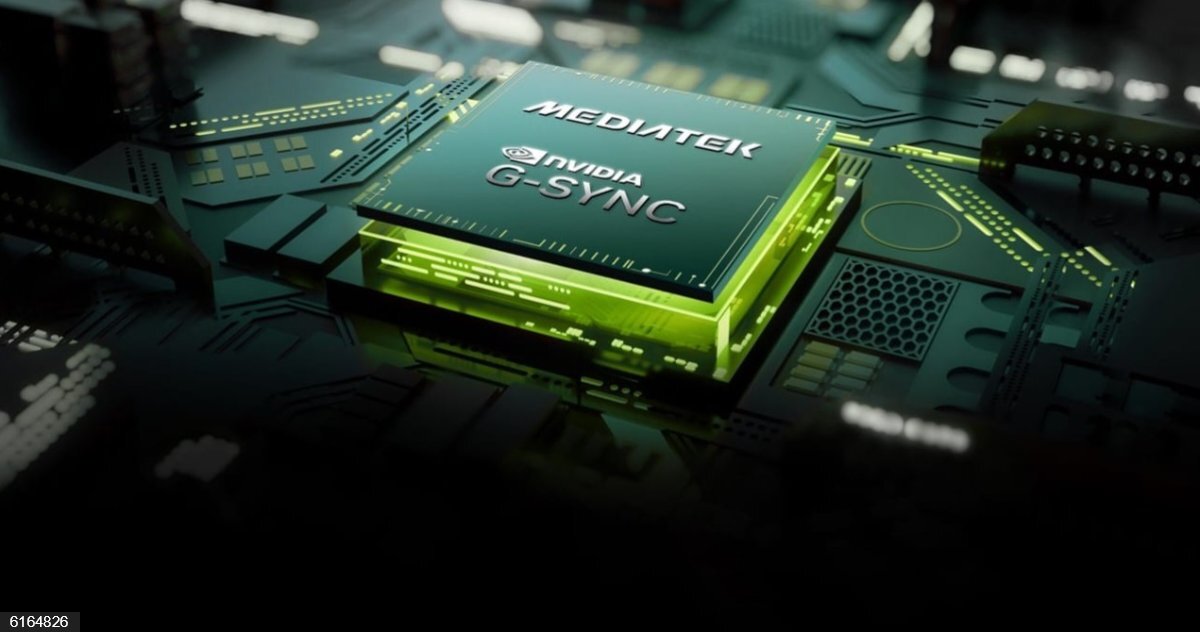
Nvidia has announced a pivotal update to its G-Sync technology, eliminating the need for a proprietary hardware module by integrating G-Sync features directly into MediaTek’s monitor scalers. This development marks a significant step forward in making Nvidia’s advanced display technology more accessible to a wider range of users, as the company partners with MediaTek, a leader in the monitor scaler market.
Previously, G-Sync required a dedicated hardware module to synchronize a monitor’s refresh rate with the GPU, effectively reducing screen tearing, display stutter, and input lag. Now, through collaboration with MediaTek, these benefits will be available without the need for a specific G-Sync module. Nvidia emphasized that this partnership would enable the integration of all G-Sync technologies, including the latest innovation, G-Sync Pulsar, into MediaTek’s scaler solutions.
The original G-Sync, launched in 2013, relied on a dedicated module to deliver its features. However, in 2019, Nvidia introduced G-Sync Compatible, which allowed monitors with FreeSync technology to access some G-Sync features. The latest partnership with MediaTek expands the availability of the full G-Sync suite to more monitors, including those without a G-Sync module.
The first monitors to feature full G-Sync support under this new partnership will soon be available, with models such as AOC’s Agon Pro AG276QSG2, Acer’s Predator XB273U F5, and Asus’s ROG Swift 360Hz PG27AQNR leading the way. These monitors will offer 360Hz refresh rates, 1440p resolution, and HDR support, along with G-Sync Pulsar technology, which enhances gaming by reducing motion blur and ghosting.

This collaboration between Nvidia and MediaTek is not limited to gaming monitors. There is growing speculation about the companies working together on AI-powered PCs, with rumors suggesting that they might be developing an Arm-based chip for AI PCs and possibly a dedicated chip for handheld gaming devices. While Nvidia has not commented on these rumors, the partnership with MediaTek signals the potential for broader collaboration that could impact the future of both gaming and AI technology.
Featured Image courtesy of europa press | fotos
Follow us for more updates on Nvidia’s latest releases.
